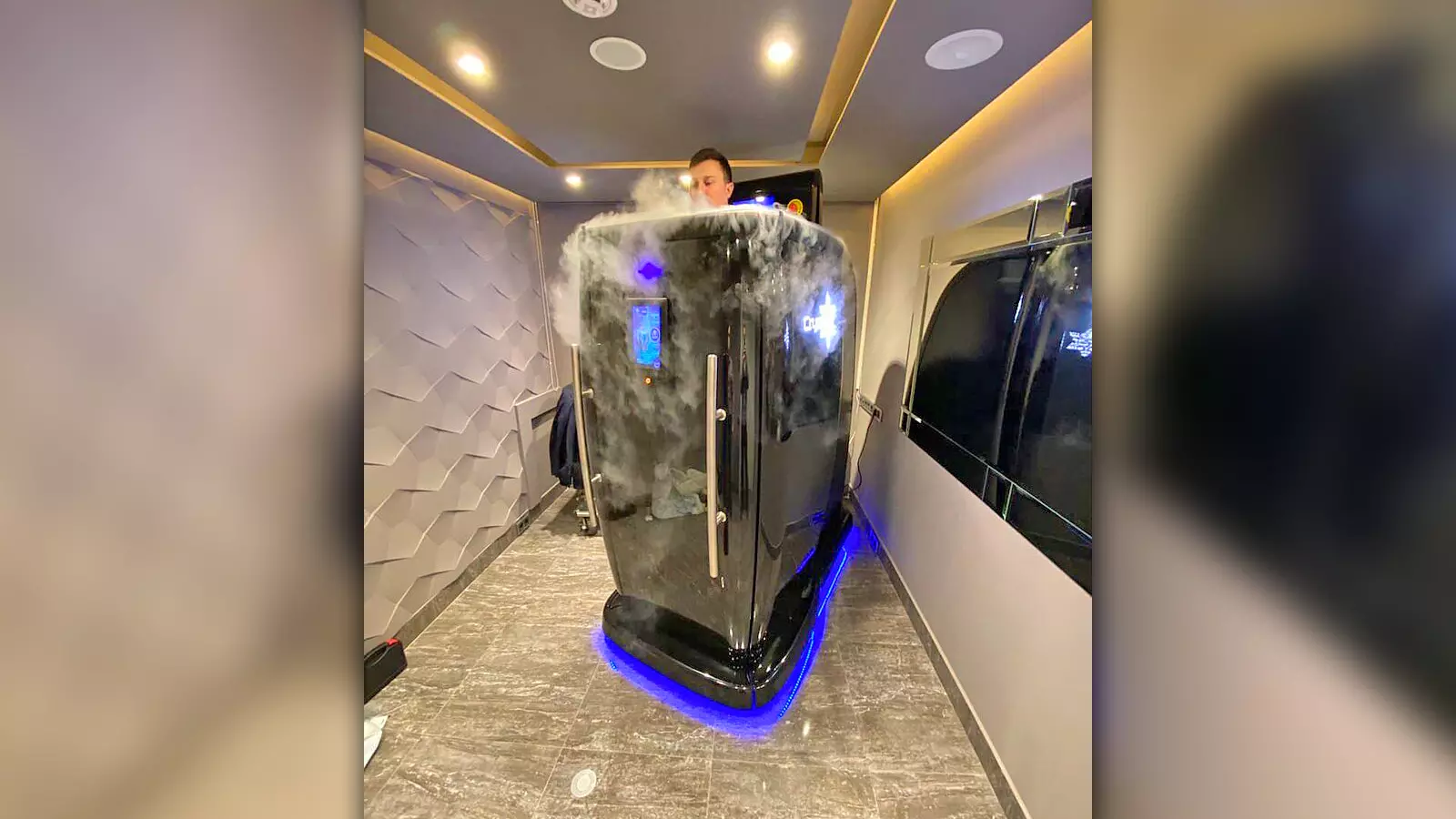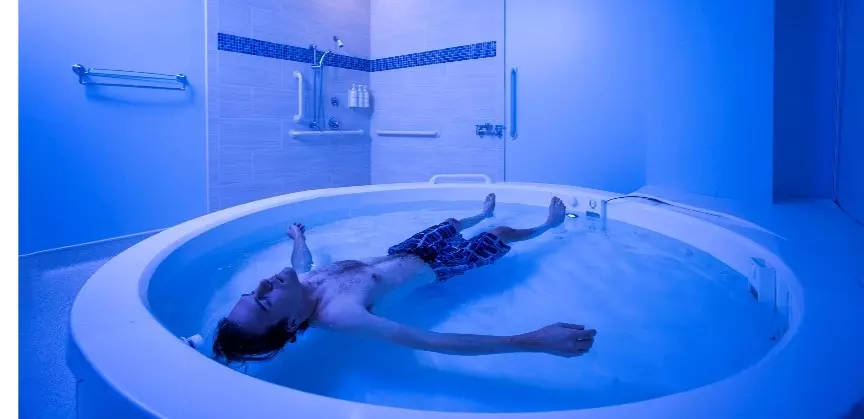
- Home
- India
- World
- Premium
- THE FEDERAL SPECIAL
- Analysis
- States
- Perspective
- Videos
- Sports
- Education
- Entertainment
- Elections
- Features
- Health
- Business
- Series
- In memoriam: Sheikh Mujibur Rahman
- Bishnoi's Men
- NEET TANGLE
- Economy Series
- Earth Day
- Kashmir’s Frozen Turbulence
- India@75
- The legend of Ramjanmabhoomi
- Liberalisation@30
- How to tame a dragon
- Celebrating biodiversity
- Farm Matters
- 50 days of solitude
- Bringing Migrants Home
- Budget 2020
- Jharkhand Votes
- The Federal Investigates
- The Federal Impact
- Vanishing Sand
- Gandhi @ 150
- Andhra Today
- Field report
- Operation Gulmarg
- Pandemic @1 Mn in India
- The Federal Year-End
- The Zero Year
- Science
- Brand studio
- Newsletter
- Elections 2024
- Events
- Home
- IndiaIndia
- World
- Analysis
- StatesStates
- PerspectivePerspective
- VideosVideos
- Sports
- Education
- Entertainment
- ElectionsElections
- Features
- Health
- BusinessBusiness
- Premium
- Loading...
Premium - Events

The noise around wellness has been around for a while. Remember Jane Fonda workouts and neon legwarmers of the Eighties? Or even Abs Training, Zumba, Pilates, Ayurveda, Naturopathy, Yoga, High Intensity Interval Training (HIIT), et al that kept popping up since?Now, however, wellness concepts and offerings have reached a dramatic tipping point: from workouts and skincare to sleep and...
The noise around wellness has been around for a while. Remember Jane Fonda workouts and neon legwarmers of the Eighties? Or even Abs Training, Zumba, Pilates, Ayurveda, Naturopathy, Yoga, High Intensity Interval Training (HIIT), et al that kept popping up since?
Now, however, wellness concepts and offerings have reached a dramatic tipping point: from workouts and skincare to sleep and spa, wellness has spread its umbrella wide, including even tourism and workplace well-being in its fold. It is now serious business and firmly entrenched in the collective psyche and vocabulary.
“The pandemic was a game-changer,” says Dr Gitartha Roymedhi, facility director of Prathana Hospital, Guwahati. “It completely changed the way we perceive health and wellness. We became mindful about preventing chronic diseases and establishing self-care routines to boost our mental and physical health. Our attitude towards health and wellness has changed from callous to conscious.”
So, even as the world bounced back after two pandemic years filled with stress and illness, newer ways were found to take care of ourselves and our communities. At the heart of “wellness” grew therapies based on science and technology—ones that promoted ‘living well and in happiness’, ones essentially touch-less or low-touch, albeit equally satisfying.
What sets wellness treatment apart from other treatments is that wellness treatment will treat the whole person – mental, physical, environmental, spiritual, lifestyle, culture, creativity and connectivity – rather than try to fix one specific area or part.
Cold comfort
Once immensely popular among celebrities and sportspersons (Cristiano Ronaldo, Robin Uthappa, Farhan Akhtar, Ranbir Kapoor, swear by it), cryotherapy aka ‘cold therapy’ is now being used more widely—either to manage pain and chronic inflammation or to just feel refreshed, awake and alive. Mumbai-based media professional Sangeeta Kataria (name changed) who suffers from fibromyalgia and experienced a session to alleviate pain is charmed. “I was scared I would freeze to death. But I actually froze to life. True the chill of the chamber lingered even after stepping out, but it lifted my mood and I slept well.”

Wellness studios that are now coming up in Tier I cities administer cryotherapy either locally or on the whole body. In Whole Body Cryotherapy, with the cost of a session varying between Rs 4,500-Rs 8,500, you step into an enclosed chamber with an opening on the top for the head and expose your body to ultra-cold temperatures — ranging from -110 to -180°C — for a couple of seconds to about 2-4 minutes.
Since it is frigid, the body automatically kicks into survival mode. Blood vessels constrict and blood is redirected to the core to protect vital organs. Here, the blood gets charged up with oxygen and anti-inflammatory proteins. On exiting the chamber, the blood vessels dilate and circulate the oxygen-rich blood throughout the body.
A Mumbai-based advanced therapist at The Wellness Co, a wellness clinic with branches in Mumbai, Bengaluru and Hyderabad, says on condition of anonymity, “Our services are based on core principals of oxygenation, hydration and blood circulation. Cryotherapy works best when done frequently.”
“I was told it helps in secretion of ‘feel-good’ hormones. I will vouch for that because I felt energised and euphoric for several hours even after walking out of that chamber,” Priyanka Bhattacharjee, a senior bank executive who walked into a session while on a work trip to Hyderabad, told The Federal.
Worth its salt
Salt, the star ingredient of every kitchen, is also growing popular in therapy rooms. Known as Halotherapy, from the Greek word ‘halo’ meaning salt, the wellness treatment is conducted in a simulated man-made environment of a natural salt cave/room. The cave is enriched with dry salt aerosol micro-particles which, when inhaled, reach the deepest areas of the respiratory tract and cleanse the lungs—resulting in clearer airways.
“If you are wondering how a salt therapy feels like, imagine breathing in the salt-laden air of the beaches, but in a cosy room where there is salt everywhere—from the floors to the walls,” says Gautam Pathak, an insurance industry professional who experienced a session at RespiCare in Bengaluru. These therapy centres have especially curated salt rooms free of toxins and allergens and an ambience that helps your body heal itself naturally.

Salt, the star ingredient of every kitchen, is also growing popular in therapy rooms. Photo: Wikimedia Commons
Sandesh, research assistant at Pune’s Salt Cave Asia, the fastest emerging chain of halotherapy centres in India, says, “Salt has a plethora of health benefits. So, we even have 60- and 70-year-olds coming in for sessions, with the duration decided in consultation with our doctors.”
“However, those who visit for wellness usually take our hour-long sessions that cost Rs 1,200,” he adds. Salt Cave Asia offers a range of therapies such as breath care, athlete wellness, beauty care and smokers wellness.
From promoting a good immune system to making you feel rejuvenated, the health benefits of salt therapies are endless. Extremely effective for respiratory ailments, skin issues, stress relief, seasonal allergies, sleeping disorders, viral infections and colds, halotherapy also has a positive effect on the skin.
Float therapy
Looking to give your aching muscles complete relaxation? Then check out Float Therapy or REST – Restricted Environmental Stimulation Therapy. Similar to experiencing zero gravity, this treatment offers a thorough relaxation using a Sensory Deprivation Tank, also called a flotation tank or isolation tank.
The tank is filled with Epsom salt and lukewarm water that is heated to the skin temperature. The salt concentrate offers buoyancy to the water and allows you to float effortlessly. Floating in such a zero-gravity, sound-proof environment helps the mind, body, and soul to relax completely. The brain experiences a deep state of calm and this helps the body recover quickly from injuries and stress.
“For me, it was a journey into nothingness, pure bliss and contentment,” says Animesh Choudhury, a Bangalore-based landscape architect.
Depending on one’s individual experience, the benefits of floating sessions are numerous. While many use it as a physical therapy, athletes find it refreshing and relaxing for their tired muscles. In addition to these, some people also experience increased spiritual health which helps to overcome their fears.

Floating in such a zero-gravity, sound-proof environment helps the mind, body, and soul to relax completely.
For the first time in India, Salt World, Bengaluru, even has Couple Float Therapy to help reconnect with your partner. It is said to combine the benefits of deep transcendental meditation, contactless massage and retreat. “Couples float together in a tank, hand in hand to restore the body’s chemical and metabolic balance and strengthen the mind-body connection,” says Daisy, an employee, adding that while a solo floatation session cost could vary between Rs 3,000-4,500, that for a couple could be between Rs 5,000-Rs 6,500.
Infrared sauna
An infrared sauna is definitely ‘cooler’ than a regular sauna. In a regular sauna, the air is damp and heavy and you experience a super-hot environment but in an infrared sauna, the treatment is more invigorating as it warms the body directly without heating up the air around you. Unlike ultraviolet light which causes skin damage, infrared light which is used in this treatment aids cell regeneration. “Also, since the environment is more comfortable, you can stay up longer in this sauna and reap more detoxifying benefits,” says Rupa Purkayastha, a therapist at La Derma, Kolkata.
The infrared light also easily penetrates deep into the human tissues and generates a refreshing sweat that helps expel impurities and toxins. Since you break into a sweat, it’s important to stay hydrated before and after you enter the sauna. Sports drinks with electrolytes are a good option to carry along. It is recommended to let the body cool down before you head into the shower.
And how much time should you spend in the sauna should be decided under the guidance of experts.
Healing the life force
Prana means ‘life force’ in Sanskrit. And this life force is nothing but energy that fundamentally constitutes the universe. Pranic healing is a revolutionary no-touch healing system that corrects the imbalances in the body’s energy field following a three-step process—checking for energy abnormalities, cleansing energy abnormalities and replenishing the life force. It significantly accelerates the body’s inherent capability to heal itself at the physical, mental, emotional and spiritual levels.
IV therapy too claims to energise you; it uses intravenous drips that leave you recharged, supercharged, and revitalised with boosted immunity and skin glow. Until not long ago, a wellness craze among celebrities, IV therapy at drip bars and Pranic healing conducted by trained healers are now mainstream.

